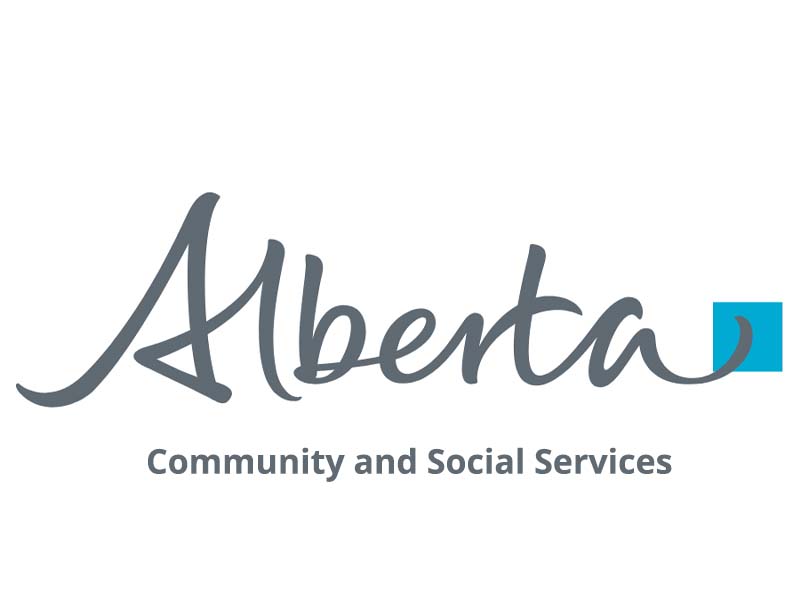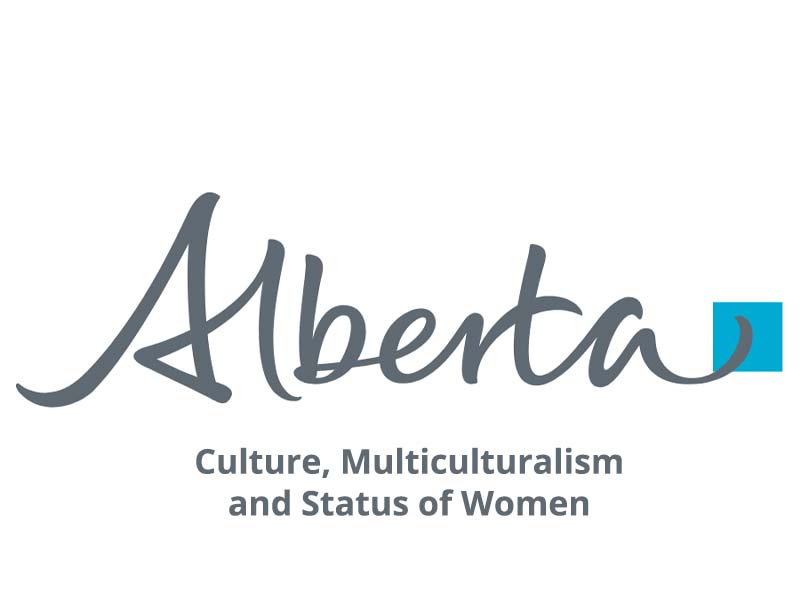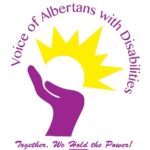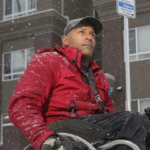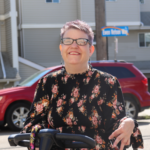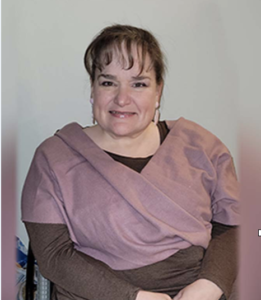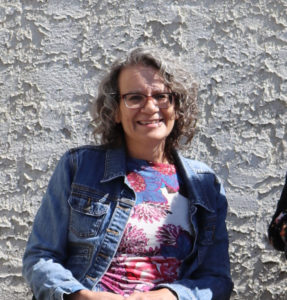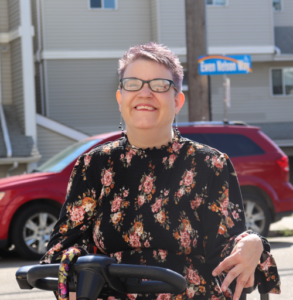BLOG SERIES: Online Accessible Communications
By Sam Mason, VAD Accessibility Coordinator
As our day-to-day communications, news, social interactions, events and more take place online we must take into account all users and how they navigate our social media and websites. This is meant to be a changeable, adaptable guide to online communications as more tools, best practices and information becomes available.
Part 1: Accessible Media
Below are General Best Practices for media across all social media platforms, websites, documents, emails, newsletters etc.
Best Practices for Images
When posting an image on social media you want to include Alternative Text (ALT text) and Image Descriptions where possible.
ALT Text is the text hidden in the image that a screen reader will describe the image to someone using a screen reader. It is typically not visible to the average user but can be seen when images aren’t loading. It is also used for SEO (Search Engine Optimization). Check out Accessible Social’s Tips for Alternative Text with how to guides for some of the main platforms at the bottom.
Image Descriptions are included in posts/captions and are accessible for everyone to read. We recommend that these are included alongside ALT text because they benefit people who don’t use screen readers or for less advanced screen readers. People who have trouble processing images benefit from reading the description and looking at the image to figure out what they are looking at. These descriptions are expected to be longer and more detailed than alt text and should be included at the bottom of captions or posts. If your image does include a lot of flattened copy we suggest incorporating the text into your post and describing the image. An example is:
[Text in image is as follows] 73% of millennial non-profit managers think non-profits are better at creating interesting and satisfying jobs. Diversity best practices, 2018 #WorkForNonProfits [above text is written over a purple background with an illustration of a yellow hand, palm up with a heart hovering above it]
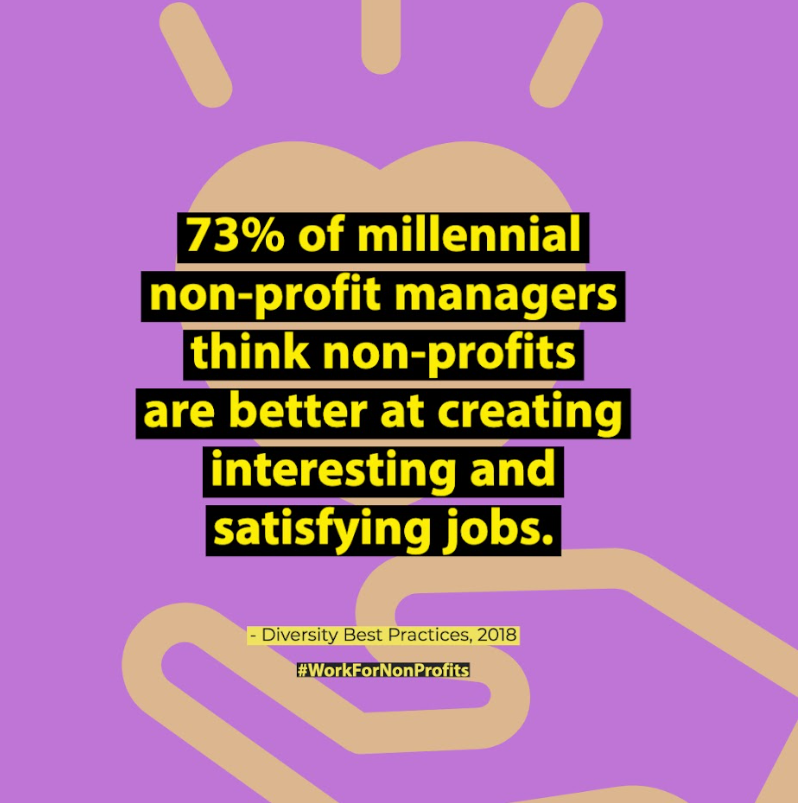
Best Practices for Video/Audio
All video and audio content should be captioned and/or transcribed. There are different types of captions and ways to get your captions/transcripts. We suggest this article “Tips for Creating Digitally Accessible Videos” as additional reading for this section.
Open versus Closed Captions
Closed captions can be turned on and off by the user whereas open (or burned captions) are attached to the video and can’t be turned off. Generally speaking, Closed captions are preferred as they are user controlled in many ways including being able to change the contrast, size, language and more. They are also recognized as text so screen readers can access them (learn more in this article How do “Burned In” Caption affect accessibility). However there are benefits to open captions as the video maker has more control. They are consistent and placement can be put so that they aren’t obstructing the video.
Generating Captions/Transcripts
- Auto-generated: Many platforms have begun to offer automatically generated captions. These are useful for live videos, temporary videos like Instagram/Facebook Stories. In some cases they can be used to save time in captioning and transcribing videos that are meant to be posted permanently if they can be edited after the fact. They are often very inaccurate and should be used only in rare cases and as a means to an end.
- Manually typed: These can be done live by a professional CART captioner, an employee or using a professional service (linked below). This can be expensive and/or time consuming but it is the best way to make sure the captions are the most accurate. However there are tips and tricks to use both methods to get accurate captions/transcripts in a cost and time effective way.
- The blended method: Depending on what tools you have available and what platforms you are using you can typically start from an auto generated transcript or caption file and then manually edit to match what is being said and heard. Below we’ll offer some of those tools and methods that can be used
Captioning and Transcribing tools:
- YouTube/Facebook: YouTube and Facebook will auto generate you captions that can then be edited. Turn the auto generated captions on while watching the video and make notes on where they need to be edited and go edit the post and change what is needed. This works best for shorter videos.
- Microsoft Dictate: On office 365 you can upload an audio document to a Word Document and it will transcribe it for you with time stamps and AI generated speakers (these are often wrong or duplicated but it’s a good start). Once your file is prepared, listen to the audio, find who “Speaker 1” is and CTRL+H to find and replace and change the name of speaker 1. Continue this with the other speakers (often there will be more speakers than people in the audio, just do your best to approximate). When you are done, listen to the audio and read the transcript to fix any errors. This is especially useful for podcasts or longer videos
- Paid Services: There are many paid services you can get that are AI generated like Otter.ai (https://otter.ai/ ) that will learn the words used and improve. Other services will be linked below.
Described Video.
Ideally all videos should have described video as an option, but this hasn’t been made as easy as the other accessibility measures outlined here. Described video best practices vary depending on the content and length of the video. Short videos can usually be described like an image description in the post/caption/description. Longer videos might require a voice over. However, if it’s a video primarily with people talking with the imagery not changing too much or being too relevant to the content of the video you may, again, put a short description in the post/caption/description. Here are a few examples:
[Video Description: Online webinar with several 2021 Calgary Mayoral candidates. Staff from Alberta Ability Network is moderating, Candidates Present: Emile Gabriel, Jan Damery, Jeff Davison, Jyoti Gondek, Mizanur Rahman, Shaoli Wang, Zane Novak.]
[Video Description: A young woman approaches a table at what looks like a job fair and shakes the hand of a man behind the table. Scene cuts to the same woman unpacking a box onto a desk in an office, she spins in her chair with a big smile on her face, quick cuts show various scenes of her working at the desk, taking a phone call etc. Cut to the same woman walking past a graffiti wall, into a gym with a trainer sitting at work out equipment and shaking the hand of another young woman in a wheelchair who was talking with the trainer, the two women move off screen. Cut to elevator doors opening on the sign that reads “EmployAbilities” and the same woman walks into an office filled with people sitting at tables arranged in a circle, they pass around a bucket of lego. Cut to a white background with black text that reads “Consider a career in the non-profit sector.”
Lion king described video example
That’s the first part of our Blog Series on Online Accessible Communications! Next Month we’ll discuss Writing and Design Tips! For any more information don’t hesitate to reach out to accessibility@vadsociety.ca.
 Become a Member
Become a Member login
login




